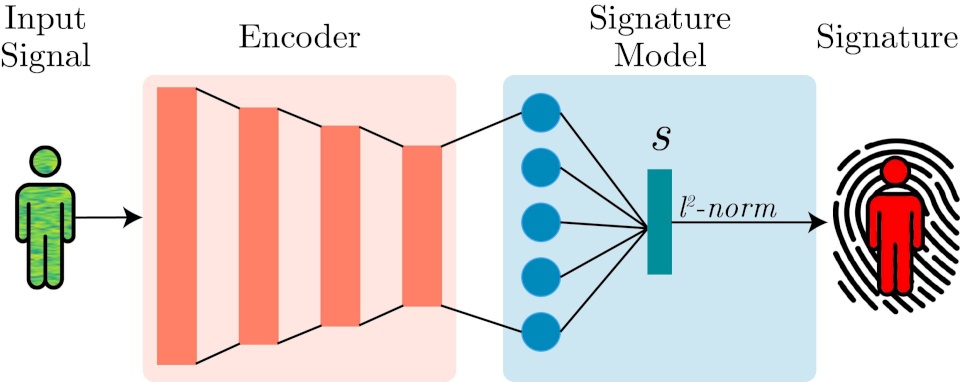
"WhoFi"... A New Technology Tracks You via Wi-Fi... Without Cameras
SadaNews - In an exciting and unprecedented development in the field of digital surveillance, researchers at La Sapienza University in Rome presented a system called "WhoFi" that can identify and track individuals based on the interference their bodies create in Wi-Fi signals, without the need for cameras or smart devices on the person.
The new technology relies on a principle known as "Channel State Information (CSI)" which are precise changes in signal energy and wavelength caused by moving bodies in the environment. Using a trained deep neural network, the system converts these changes into a digital fingerprint that can be distinguished and identified with an accuracy of up to 95.5 percent.
This achievement was made possible using regular Wi-Fi devices like the "TP-Link N750", without the need for specialized equipment. According to the researchers, "WhoFi" operates efficiently even in total darkness or through walls, opening the door for covert surveillance that does not require direct line of sight. It thus surpasses traditional recognition technologies such as cameras.
Concerning Technology
Although the developers emphasize that "WhoFi" does not collect personal data or reveal individuals' identities but relies only on physical patterns, its ability to identify individuals without their knowledge raises significant privacy concerns. The implications could be serious, as the ability to track a person's movement within a store, home, or airport without their awareness could reveal their daily habits, needs, or frequent locations. While the practical use of this technology is still in the academic phase, its potential spread poses significant ethical and legal challenges.
What’s New?
The research team previously presented a technology called "EyeFi", but it achieved an accuracy of only 75 percent and was less effective. In contrast, "WhoFi" offers improved accuracy and uses modern transformer models, proving its worth in analyzing subtle changes over time and across spaces. This shift in performance has allowed the system to move beyond narrow spaces to encompass larger areas, extending the entire Wi-Fi coverage, enhancing its ability for collective tracking.
Potential Applications and Inherent Risks
This technology presents an exciting opportunity for commercial uses and smart surveillance. It could be used in stores to track repeat customers and offer "smart" promotional deals, or at events to identify attendees and manage entry without the need for gates or visual IDs. However, the other side is extremely concerning; security agencies could use it to track suspects or even identify protest activities without using cameras, raising questions about the limits of legal surveillance and respect for individual freedoms.
Academic Experimental Phase
So far, "WhoFi" remains a research project without any plans for commercial or government application. However, experts believe that the spread of "Wi-Fi sensing" is supported by modern industrial standards like "IEEE 802.11bf", which opens the way for widespread application. Similar technologies have already begun to appear in areas such as fall detection in homes, remote monitoring in public places, and even recognizing movements and gestures within rooms without the need for cameras.
Without cameras or phones, and using the Wi-Fi network itself, the "WhoFi" system today can identify, distinguish, and track individuals with a proficiency close to traditional cameras, even in darkness or behind walls. The technology offers what is described as an "invisible volumetric fingerprint system," with high capabilities that have no upper limit.

Moroccan National Team Crowned Arab Cup Champions

Android Fixes the Most Annoying Issue When Taking Scrolling Screenshots

Here is the ideal time to take cosmetic collagen supplements

"Bluesky" Launches "Find Friends" Feature with Enhanced Privacy

Innocent Beauty Habits That Unintentionally Accelerate Skin Aging

Google Integrates Opal Tool into Gemini to Build No-Code Smart Applications

Expected changes in camera and price.. Leaks: iPhone Air 2 offers higher value at a lower...

